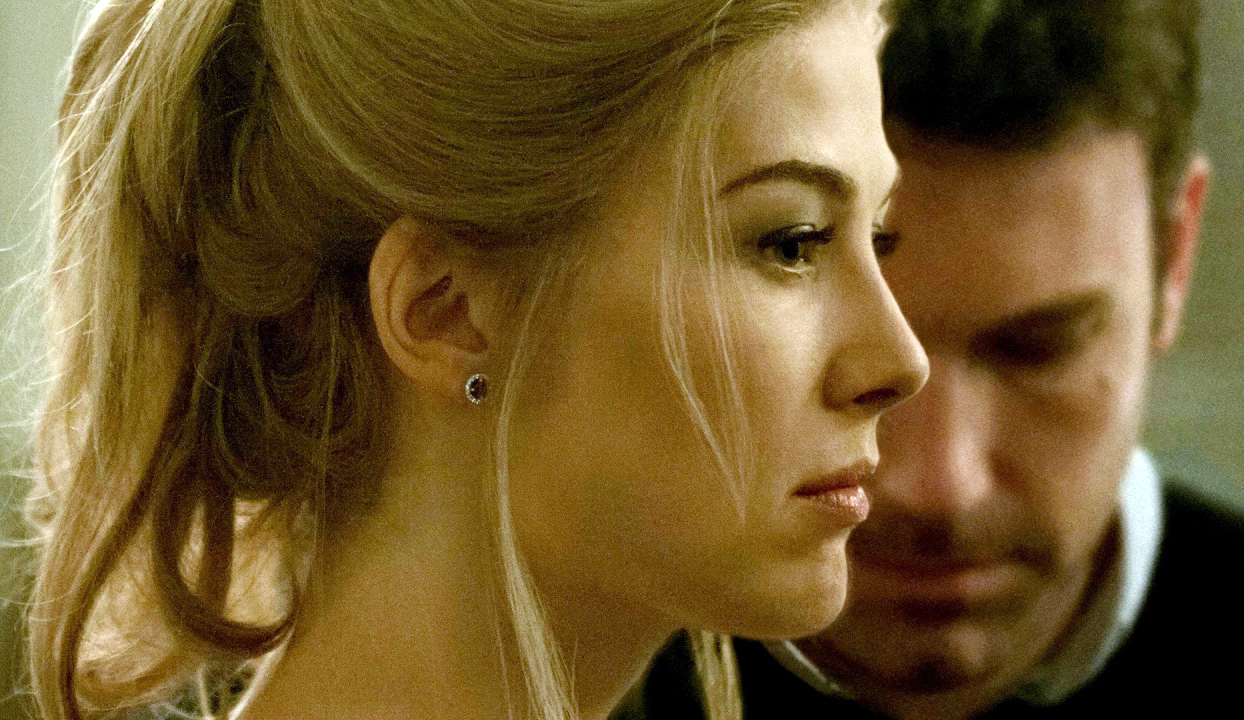Rabbit-Proof Fence (2002): A Journey of Survival and Freedom
Released in 2002 and directed by Phillip Noyce, Rabbit-Proof Fence is a powerful Australian drama that sheds light on one of the darkest chapters of the nation’s history. Based on the true story recounted in Doris Pilkington Garimara’s book, the film follows the extraordinary journey of three young Aboriginal girls who defy the odds to reclaim their freedom.
Set in 1931, the film tells the story of Molly, Daisy, and Gracie—children forcibly taken from their families as part of the government’s assimilation policy. Removed from their home in Jigalong, Western Australia, the girls are placed in a settlement designed to erase their culture and train them for domestic servitude. Refusing to accept this fate, the girls escape and begin a perilous trek of over 1,500 miles back to their community, guided only by the country’s massive rabbit-proof fence.
What makes Rabbit-Proof Fence so impactful is its restraint and authenticity. Noyce avoids sensationalism, instead allowing the harsh landscapes and the girls’ quiet determination to speak for themselves. The camera captures the vast, unforgiving Australian outback, turning nature into both a threat and a source of strength. The film also presents a chilling antagonist in A.O. Neville, the government official overseeing the assimilation program, played with chilling precision by Kenneth Branagh.
Performances are a highlight, particularly Everlyn Sampi as Molly, whose courage and resilience drive the film’s emotional core. The story emphasizes the importance of cultural identity, family bonds, and resistance against oppression, transforming the girls’ journey into a symbol of endurance for the entire Stolen Generations.
At its heart, Rabbit-Proof Fence is not just a tale of survival. It is a story of injustice and resilience, a reminder of the pain inflicted by colonial policies, and a tribute to the strength of those who refused to be broken. Moving, haunting, and deeply human, it stands as one of the most important films in Australian cinema.



